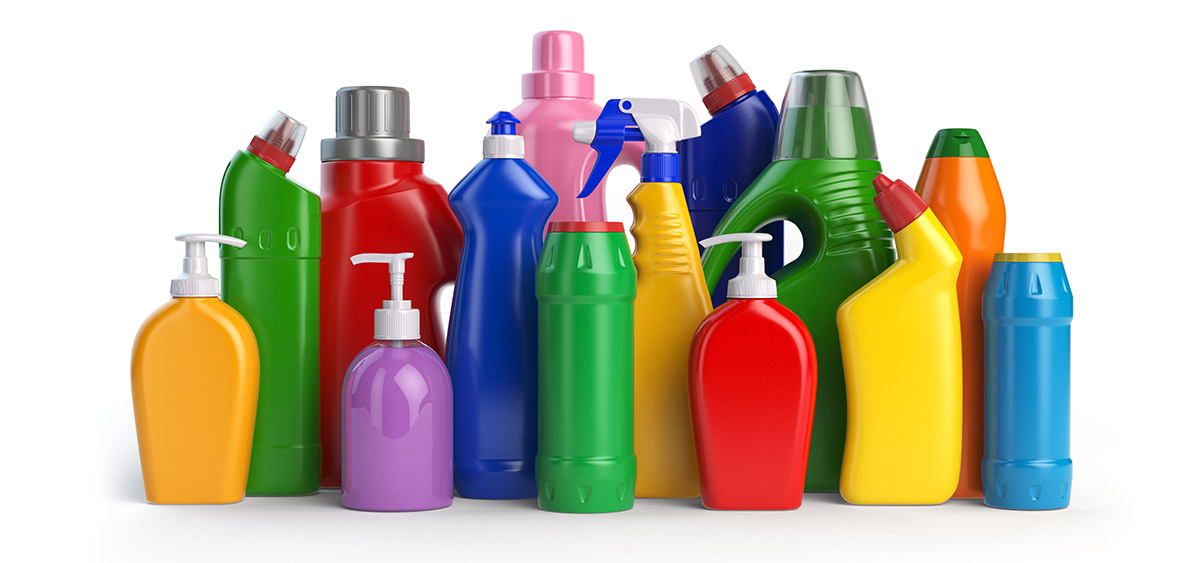

Rigid Packaging from A to Z: Everything You Need to Know
When it comes to deciding which packaging to use for your products, you typically have two broad choices: rigid packaging or flexible packaging. Both are umbrella terms that describe a range of materials based on how stiff or malleable they are. In this article we’re going to look specifically at rigid packaging; what it is, which types of materials fall under this category, and how to choose the best form for your products.
What is rigid packaging?
Although many companies are moving towards more flexible types of packaging to reduce weight, dimensional freight, and environmental impact, rigid packaging is still the more widely used of the two. Typical forms of rigid packaging include glass, hard plastics, metal, and cardboard. Common products that use this type of material range from food, beverages, and cosmetics, to household cleaning supplies, premium or high cost products, medicines, fragile items, and more.
There are many benefits of using rigid packaging:
- Rigid materials usually offer a higher level of protection than flexible and malleable materials.
- Stiff, heavy materials give the impression of being expensive and luxurious.
- Many types of rigid packaging are made from materials that can be easily recycled, like glass, hard plastic, and cardboard.
- Rigid packaging can be branded through hot stamping, embossing/debossing, coatings, and decorative elements.
Common types of rigid packaging
Rigid packaging comes in many different forms:
- Rigid plastic packaging – This material is typically used for blister packaging, clamshells, thermoformed trays, and bottles and containers.
- Rigid boxes – These boxes are usually considered luxury packaging and used for jewelry, expensive cosmetics, board games, and gift boxes.
- Corrugated boxes – They often used to hold and protect other packaged goods, like products in glass containers, for example.
- Glass and metal – These materials generally package food, beverages, and other types of liquid products.
Virgin vs. recycled rigid packaging: Plastic
Many forms of rigid packaging, in particular plastic and cardboard, can be recycled and used again. When it comes to plastic, the quality of the material is similar but can differ between virgin and recycled options.
For example, when plastics are melted down and reshaped, the pressure and heat can place a strain on and weaken it. Virgin plastics, on the other hand, are usually stronger at the molecular level and perform better during the later design process.
The benefit of using recycled plastic packaging is that it is often more competitively priced and is a sustainable option, because you’re not relying on new resources and not throwing material in landfills.
Virgin vs. recycled rigid packaging: Cardboard
When it comes to corrugated boxes, you also have the choice between virgin and recycled material. 100% virgin corrugated boxes are actually somewhat rare, as most manufacturers tend to use at least some recycled material. The benefits of using recycled corrugated boxes are that they are more environmentally friendly and show your customers that you are environmentally conscious.
The downside to using recycled material is that it is weaker than virgin material, making the boxes more prone to warping and crushing. The reason for this weakness is that during the repulping process, the fibers become shorter and weaker than in the original material. Using virgin material, however, requires more deforestation to acquire the resources and is more energy and water intensive than using recycled product.
Should you erect rigid boxes by hand or using case erectors?
If you’re already using rigid boxes and cases, the next decision you have to make is whether to use erect them manually or with case erectors.
If labor or volume are issues for your process, then automatic case erectors may be your best option. Flat boxes are loaded into the hopper or magazine of the machine, and then they are opened, sealed, conveyed out of the machine, ready to be filled. Most automatic case erectors can also be quickly adjusted for boxes of different sizes.
The level of automation you opt for in your packaging process depends on your cost and availability of labor and the volume of goods to be packed.
How to determine which rigid packaging to use for your products
There are many different options when it comes to choosing rigid packaging. At Pioneer, our team will work with you to determine the best type of material for your specific product and help you decide what level of automation makes the most sense for your operation.
Contact Pioneer to discuss your rigid packaging options today!